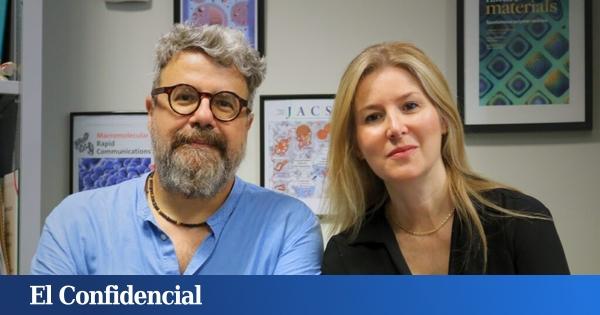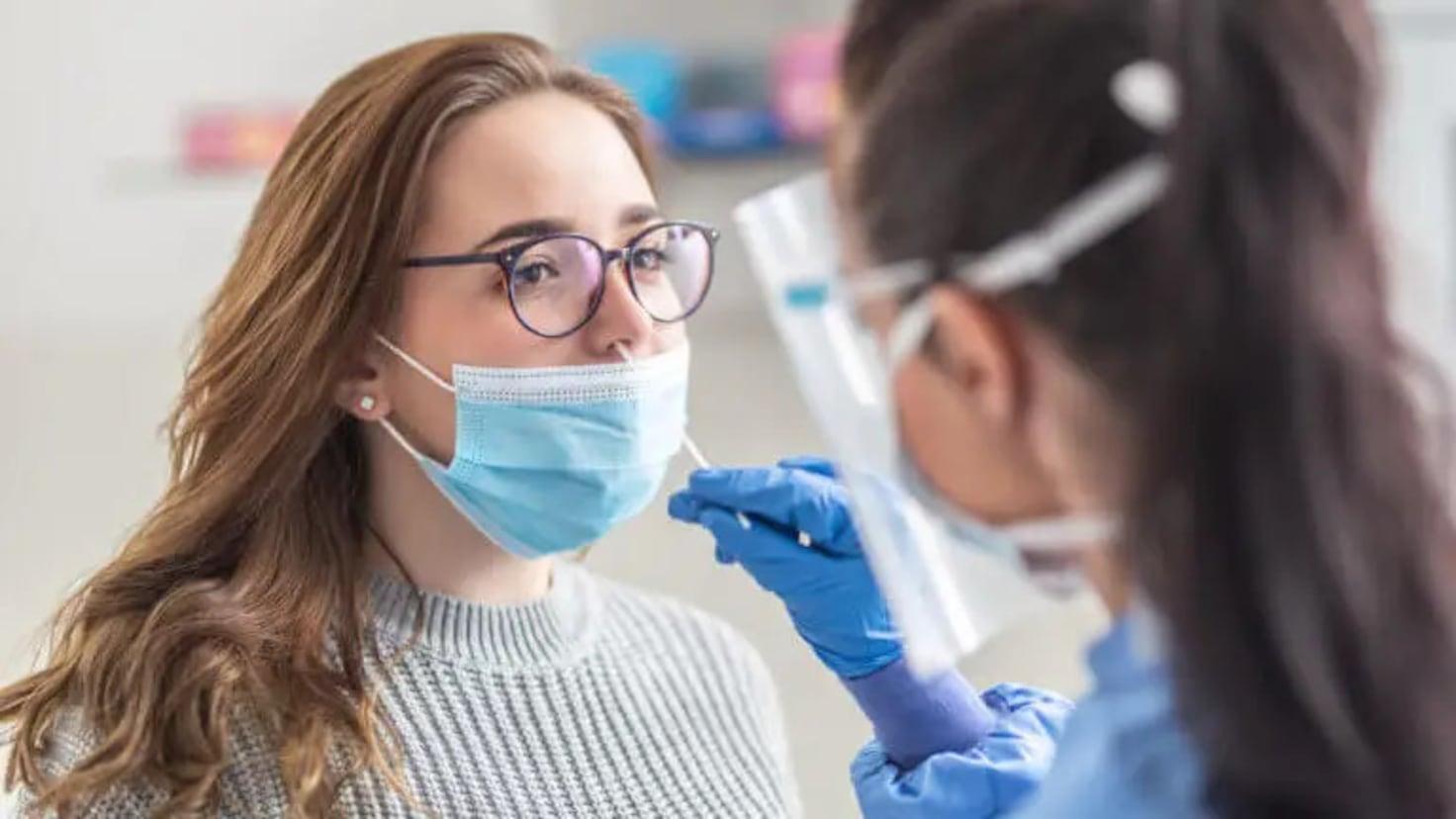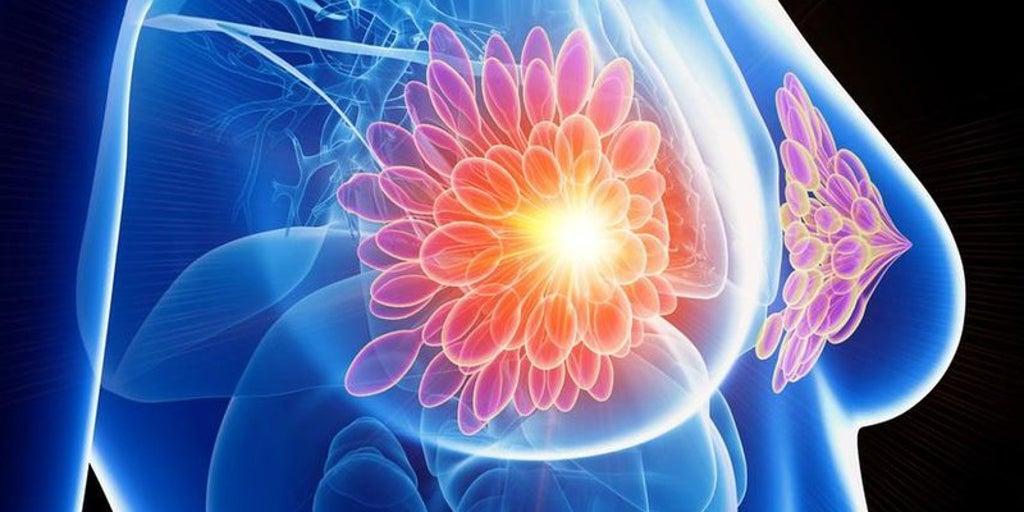Coordinating the International Team of Catalonia (IBEC) Bioigning Institute of Bioenizing (IBEC) and the hospitals of the West China Sichuan (WCHSU) is enabled to return to Alzheimer's rats only after 3 injections.
Researchers who managed to make Alzheimer's in mice using Nano particles
The Catalonian Institute of Biochemicals (IBEC) and Sichuan University (WCHSU) participated in an international team by Western China Hospital.
In collaboration with the UK researchers, the investigative team jointly demonstrated a nanotechnology strategy in Catalonia (IBEC) and the Western Chinese Hospital of the University of Sichuan (WCHSU), which shows a nanotechnology -based strategy.As a carrier for treatment molecules, nano -particle is used in this perspective that is Geo -Acuto: "Supermolicular medicines".
Instead of a direct neuron target, therapy restores blood brain function, researchers repairing this animal interface.
The mind is the most expensive organ in the body, up to 20% of adults up to 20% of the children up to 50%.This force is coming via a large blood supply, a unique and gan enseclars are determined by Capilarian by Capilararies.These findings highlight the important role of magnifications, especially Dementia and Alzheimer, which is associated with a contract system.
BBB is a cell phone barrier and scientists who separate the brain from the blood flow to protect the exterior hazards such as germs or poison.Scientists have shown that the planning on the specific mechanism allows "protein" produced in this barrier and accurately removed.AmyLoid-P (AP) Protein, which is accumulated of the normal work of neurons.
The researchers used mouse models genetically programmed to produce greater amounts of Aβ protein and develop significant cognitive impairment that mimics Alzheimer's pathology.They administered only 3 doses of supramolecular drugs and then regularly monitored the development of the disease.The first co-author of the study is a researcher at the West China Hospital of Sichuan University and a doctoral student at University College London (UCL).“We observed a 50-60% reduction in the amount of Aβ in the brain as early as 1 hour after the injection,” explains Junyang Chen.
The most surprising data were the therapeutic effects.The researchers carried out several experiments to analyze the animals' behavior and measure memory impairment over several months, covering all stages of the disease.In one of the experiments, they treated a 12-month-old mouse (equivalent to a 60-year-old human being) with nanoparticles and analyzed its behavior after 6 months.The result was impressive: the 18-month-old animal (comparable to a 90-year-old man) resumed the behavior of a healthy mouse.
"Long-term effects come from restore the blood vessel system. I work as a molacenalsis, according to the Naniclecesis, according to the Naniclecesis, according to the Naniclarices, according to the Naniclecesis, according to the Nanicleclesis, according to the Naniclarices, according to the Naniclecesis, according to the Nanicleclesis, according to the Naniclecesis, according to the Naniclarices, according to the Naniclecesis, according to the Naniclecesis, according to the Naniclarices.Explaining: Delivery of this route in the standard.
Removing the amyloid-β from the brain
In Alzheimer's disease, the main issues is to eliminate the natural elements of the toxins and the Amiloid-β protein, which stops working properly.Generally, LRP1 protein works for a molecular garner: It recognizes and connects it.LRP 1 A β, too strong, transport, hinder transportation, protein to be degraded to the tissues of protein bleeding, LRP 1 "carriers"On the other hand, if it is very little, the signal is very weak to activate the transport.
Supamolecular drugs developed in this work act as a switch that restores the system.When the LRP1 ligants can connect, cross the blood-brain barrier and initiate the process of removing the toxic species from the brain.
The nano's particles to treat alzheimer
In this document, the researchers are undergraduate actors acting to the work of the drugs, medical plants, medical forts, thinking.Enter the entry to the gym on membrane, they open a type of business.
This will improve the patients in the field of innovative therapy, developing a wonderful efficiency in the development of the efficiency of our research, and restore the shortest effectiveness of the pathoo, and a joint venture in the SERrena Ruise Institute (IBEC) and the SERRA Hunter Institute of Pathoo. Физон, Барселона Их Сургууль, Барселона нэгжид. (Ub).
El estudio es fruto de una colaboración entre el Instituto de Bioingeniería de Cataluña (IBEC), el Hospital West China de la Universidad de Sichuan, Hospital Xiamen West China de la Universidad de Sichuan, el University College de Londres, el Xiamen Key Laboratory of Psychoradiology and Neuromodulation, la Universidad de Barcelona, la Academia China de Ciencias Médicas y la Institución Catalana de Investigación y Estudios Avanzados (ICREA).
The research team associated with the Catalonian Institute of Biomedicine (BEC) and Western China Hospital in Suchuan University (Wchsu) in the United Kingdom, have shown a strategy based on Alzheechnology.Nanoparticles as the cure carriers, this method uses biopactive nanopacticles: "Hypermarial drugs".








